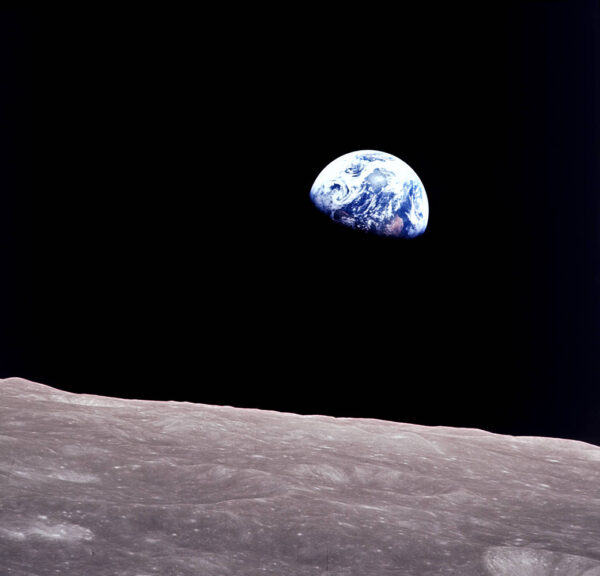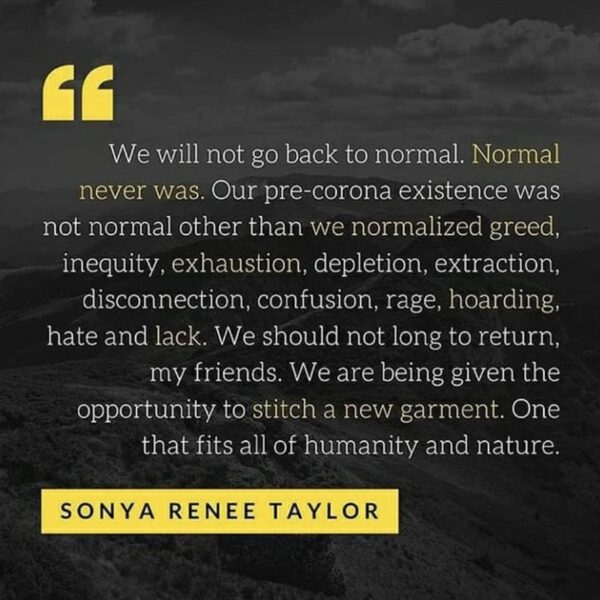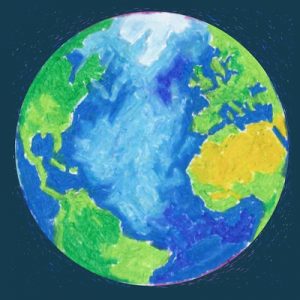Watch OVEC’s Earth Day Live event here, on April 23 at 2 p.m. EST.
 This week, environmentalists all over the nation will celebrate the 50th anniversary of Earth Day on April 22.
This week, environmentalists all over the nation will celebrate the 50th anniversary of Earth Day on April 22.
The first Earth Day took place in 1970 and it was a wake-up call to the human race. If we continued to treat our planet carelessly using raw materials as if they were endless, and dumping our wastes into the water, air, and land, our planet would no longer provide sustenance for us or the thousands of other species that share Earth.
Much of mankind had for many centuries looked at nature as something to control and to beat into submission. It was hard in 1970, and even harder today, to find a place where we have not plowed, logged, mined, developed, or depleted. We have driven species into extinction at an alarming rate, and the symbol of America, the bald eagle, was nearly extinct in 1970 from the widespread use of the pesticide, DDT.
Ohio made the front page of national newspapers as the Cuyahoga River, a river that was basically an industrial cesspool, caught fire in 1968. Water pollution was becoming a major threat both locally and globally.
Many of us grew up watching the 8-year long ABC series “The Undersea World of Jacques Cousteau.” The French author, poet, and inventor educated the world about life in the oceans. He also brought to our attention the destruction of that world. His 1971 New York Times article, “Our Oceans Are Dying” pointed out that all pollution ends up in the ocean.
No one can say for sure which event or events of destruction finally galvanized citizens from all over the world to come together in 1970 as they realized this destruction of earth would be our destruction as well. Certainly, the most famous photograph of all time, the Apollo 8 Earthrise photo taken in 1968, made us all very aware that the tiny blue marble we live on was fragile and in danger. Many people became painfully cognizant that they were a very big part of the killing of our planet.
The decade of the 1970s was inspiring and informative for many environmentalists. Because of Rachel Carson’s book, Silent Spring, we became aware that our agricultural system was affecting our ecosystems and us in devastating ways. We discovered that the nitrogen oxide and sulfur oxide emissions from coal burning power plants were creating the acid rain that destroyed ancient buildings, killed plants, and ruined soils. A 35-mile long oil spill along Santa Barbara created a public outcry against offshore drilling platforms. People put pressure on the Nixon administration and the environmental movement was born.
President Nixon’s administration created the U.S. EPA in 1970. Many EPA environmental regulations were then enacted, like the Clean Air Act and the Clean Water Act These regulations helped clean up our waterways and our air.
The COVID-19 pandemic has in a way become another wake-up call. It has given us time to revisit our relationships with everything in our lives. Those material things we thought we couldn’t live without are not as important. No longer drawn to public events, many of us are taking walks in nature. Consumerism has been reduced to a crawl, automobiles are parked in driveways, many jobs are now performed from home, and schools are out for the year. We are realizing that the stock market is not the correct apparatus to use when measuring happiness or the health of the world.
While the world has been dealing with an epic pandemic, scientists are seeing interesting evidence showing the effects of human activities on the health of the planet might be reversible. While human activities are paused to curtail the spread of this COVID-19 virus, the Earth is healing.
As a result of shelter-in-place, carbon dioxide emissions have dropped. China has seen a 25 percent decline in greenhouse gases as factories shut down and coal burning power plants reduce their output. Scientists from the Global Carbon Project are predicting “global carbon dioxide emissions may drop by more than 5 percent in 2020, which would be the largest fall since the end of the Second World War.” Although these drops are small and will not immediately affect climate change, they prove that if we can continue to reduce the amount of man-made carbon dioxide in our atmosphere, we can make a difference.
For the first time in decades, people in India can now see the Himalayas Mountains. Even in cities as far as one hundred miles away, the peaks of the mountains are now visible. This is due to a lockdown in the country to address the COVID-19 outbreak. The nation has seen a drop in harmful air pollutants especially particulate matter.
Satellite images from NASA show reductions in pollution all over the world.
California is also experiencing a dramatic drop in air pollution. Los Angeles is no longer shrouded in the famous “brown LA haze.” As California’s freeways are nearly empty, the air has become cleaner, in some cases pollution has dropped almost 75 percent! This is great for residents with chronic breathing problems. However, many scientists warn this phenomenon will only be temporary as the lockdowns over the nation and world are lifted.
The water in certain areas has become cleaner. The once murky water in the canals of Venice, Italy are now much cleaner and fish can be seen just below the surface. This is a result of the shutdown and lack of boat traffic on the canals.
Scientists have even said that the planet is quieter since the world has locked down and all forms of transportation have dropped significantly. This has allowed many seismologists to detect subtle changes in the earth’s seismic activity that were more often than not overshadowed by human activity. Less noise from cars, buses, and trucks has also allowed nature’s sounds to be more obvious and noise pollution outside has dropped dramatically. Birds are migrating in the northern hemisphere and people are even asking, “Are they chirping louder?” The return of the Pacific northern humpback whales to Alaska will be a quiet one without the intrusion of cruise ships.
For the first time in decades, the Earth is speaking to us at a time when we might actually be able to hear it. We are getting a wake-up call from a microscopic virus, whether we chose to hear that call remains to be seen.
I wish you all a safe journey through this dark time and a healthy return to a normal life, but not necessarily to the same life we were used to, but to a life that I hope has changed for the better.
Sonya Renee Taylor says it best: “We will not go back to normal. Normal never was. Our pre-corona existence was not normal other than we normalized greed, inequity, exhaustion, depletion, extraction, disconnection, confusion, rage, hoarding, hate, and lack. We should not long to return, my friends. We are being given the opportunity to stitch a new garment. One that fits all of humanity and nature.”










